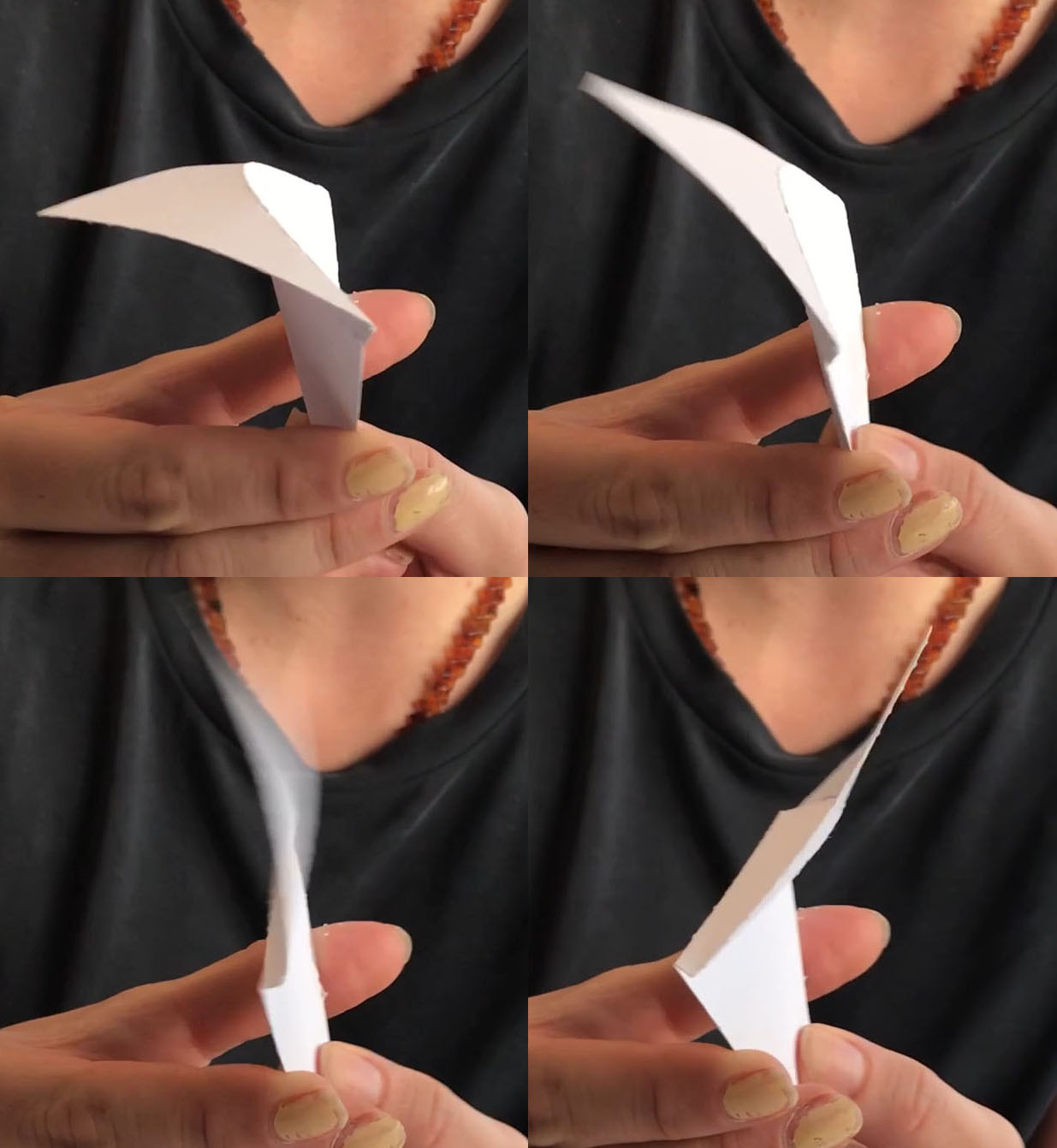Hygromorph Skin
Casestudy conducted at the Breathing Skins Workshop 2018 led by Prof. Petra Gruber, Prof. Christiane Sauer and Dr. Lorenzo Guiducci.
The work has been published in:
Ariana I. K. S. Rupp, Thibaut Houette, Facundo Gutierrez, Lorenzo Guiducci, and Petra Gruber "Breathing skins workshop: A hands-on investigation of bio-inspired foldable structures for temperature and humidity control in buildings", Proc. SPIE 10965, Bioinspiration, Biomimetics, and Bioreplication IX, 2019
Atem / Breath
Gestalterische, ökologische und soziale Dimensionen / Morphological, Ecological and Social Dimensions
Edited by: Linn Burchert and Iva Rešetar
Hygromorph Skin is a study on combining curved line folding with hydroactive materials in order to explore concepts of self shaping for adaptive surfaces.
This design envisions an autonomous regulation system for the internal climate of buildings, executed passively. Proposing a bioclimatic approach, hybrid textile-laminates emerge as potential solutions for paneling façade elements. These textile material systems integrate a swelling hydroactive layer with a passive layer, enabling water absorption and evaporation to naturally cool both façades and interior spaces.
The concept involves curved paneling elements featuring a bi-layered composition. The inner layer, comprised of a hygroscopic material, faces the building, while the outer layer is passive and faces the exterior. When the flap is oriented outward, it forms a concavity facilitating the collection of excess humidity, channeling it onto the inner layer. The inner layer swells, prompting the flap to rotate towards the façade, closing in a state of containment. The absorbed water reservoir is now in closer proximity to the building's surface.
As the weather turns hot and dry, the panel releases moisture, effectively cooling the adjacent space. During this drying phase, the hygroscopic layer contracts, causing the flap to bend outward and rotate back to the exterior. In the open state, enhanced evaporative cooling occurs. The cycle repeats when the weather becomes humid, creating a self-sustaining process.
To further optimize the system, a rigid grid surrounds the panels, applying slight compression to the bi-layered base of each panel. This induces a snapping instability, rendering the system bi-stable. This bi-stability introduces a delay in the system's response to environmental humidity changes, enhancing control over the panel's operational cycle. The panels transition seamlessly between open and closed states, providing an efficient and responsive method of climate regulation.




